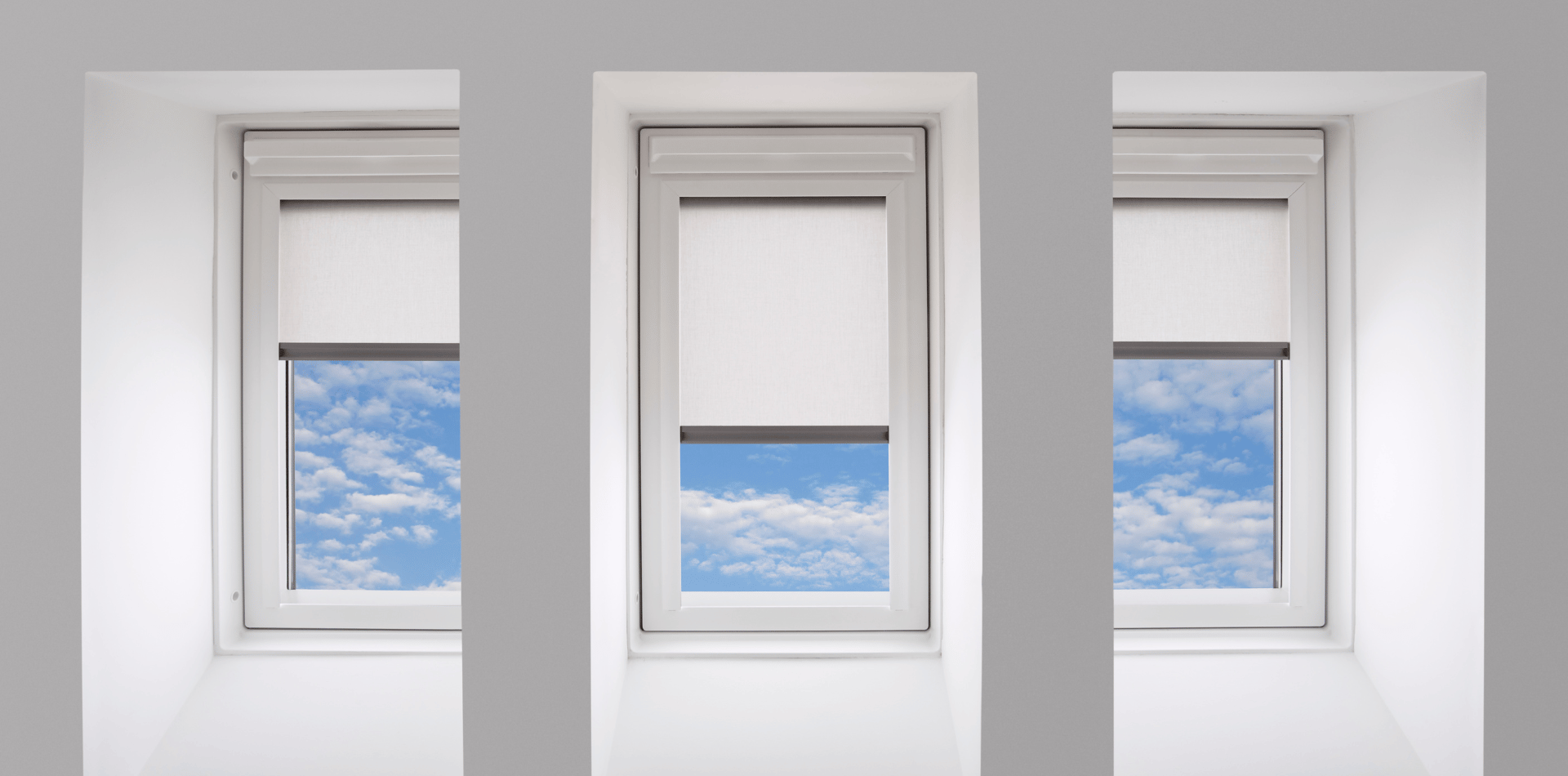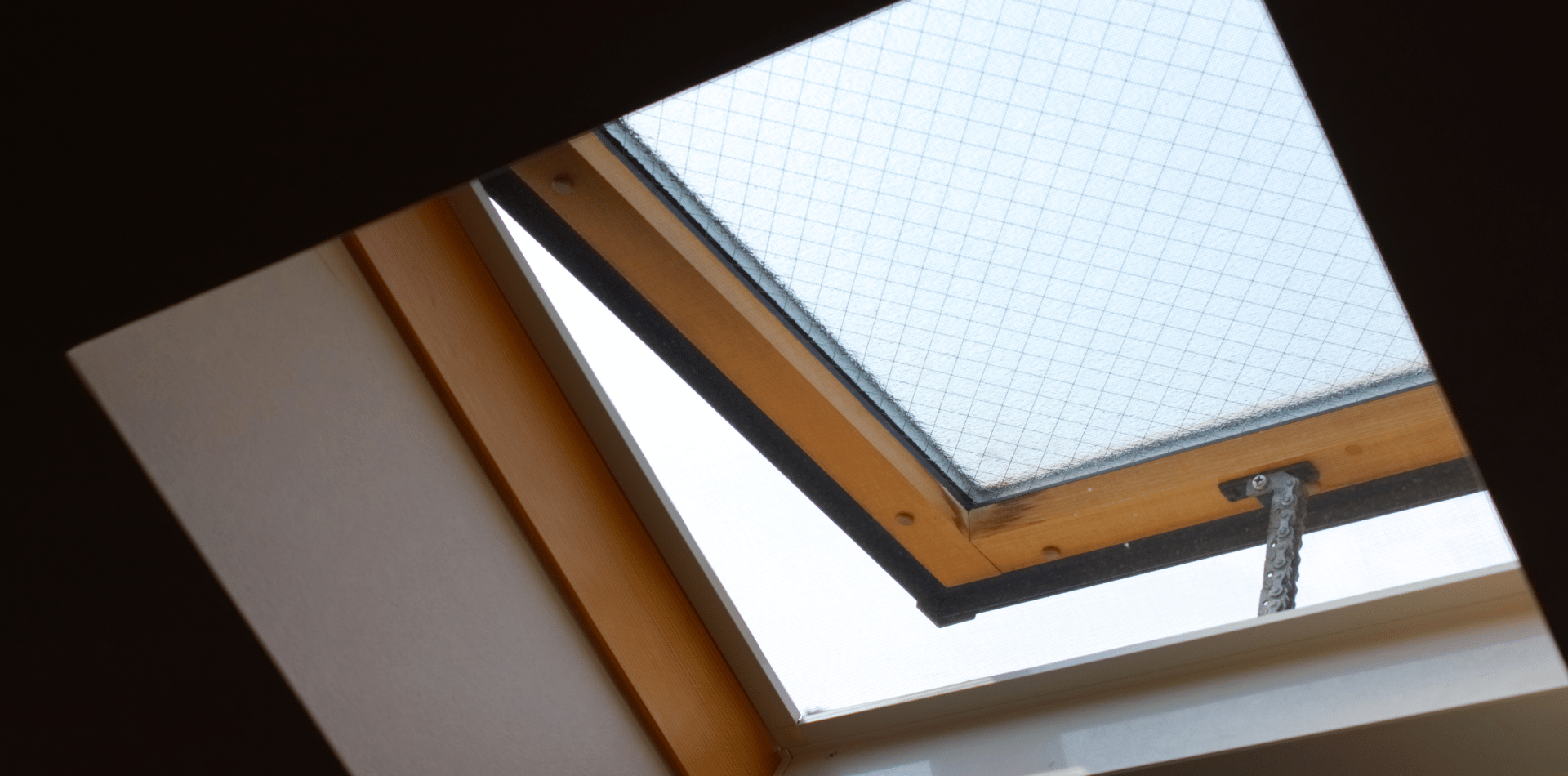The Energy-Saving Power of Skylights: How to Lower Your Electricity Bills
The Energy-Saving Power of Skylights:
How to Lower Your Electricity Bills

Skylights, often considered a luxury addition to a home, offer more than just aesthetic appeal.
They can significantly contribute to lowering your energy consumption and reducing your electricity bills.
If you're interested in making your home more energy-efficient, let's explore how skylights can play a pivotal role in achieving that goal.
1. Harnessing Natural Light
Skylights, placed strategically on your roof, allow sunlight to flood into your home, reducing the need for artificial lighting during the day. Natural light provides a full spectrum of colours, creating an inviting, vibrant atmosphere.
Consider placing skylights in areas of your home that receive less natural light, such as hallways, bathrooms, and stairwells.
By replacing artificial lighting with natural sunlight in these areas, you'll see a noticeable reduction in your energy consumption.
2. Passive Solar Heating
Skylights can provide passive solar heating during colder months.
The sun's rays can naturally warm up your living spaces, reducing the need for heaters and fires.
Properly placed skylights can help you harness the sun's warmth and save energy.
However, it is essential to consider the size, placement, and glazing of the skylights to optimize solar heat gain without causing overheating in warmer seasons.
3. Ventilation and Cooling
Ventilated skylights can be opened to allow hot air to escape and cool air to enter.
In the evening, especially during the summer months, you can open the skylights to release the accumulated warm air, helping cool down your living spaces without relying on air conditioning.
The natural airflow also contributes to improved indoor air quality by reducing humidity and preventing mould growth.

4. Choosing the Right Skylights
To maximise energy savings, it's crucial to select the right type of skylights, considering the following factors:
- Orientation: In Australia, south-facing skylights offer maximum sunlight. However, you may need to consider shading options for south-facing skylights to prevent overheating.
- Size: The size of the skylight should be proportional to the room's size. Typically, a skylight should not exceed 5-15% of the room's floor area to prevent excessive heat gain or loss.
- Glazing: Double-glazed skylights with low-emissivity (Low-E) coatings can help reduce heat transfer, making your home more energy-efficient. You can also opt for tinted or reflective glazing to reduce solar heat gain in warmer climates.
- Placement: Skylights should be placed strategically to optimise natural light and solar heat gain. For example, placing them near walls can help distribute light more evenly throughout the room.
5. Regular Maintenance
Regular maintenance of your skylights is essential to ensure their energy-saving benefits.
Check the seals and flashing for any leaks, clean the glazing to allow maximum light transmission, and ensure that the opening mechanism works smoothly for ventilated skylights.
Skylights can be a powerful tool for energy savings when chosen and installed correctly.
They can significantly reduce your reliance on artificial lighting, heating, and cooling, leading to lower electricity bills.
With proper planning and maintenance, you can enjoy the beauty and benefits of skylights while making your home more energy-efficient and environmentally friendly.
You might also like








